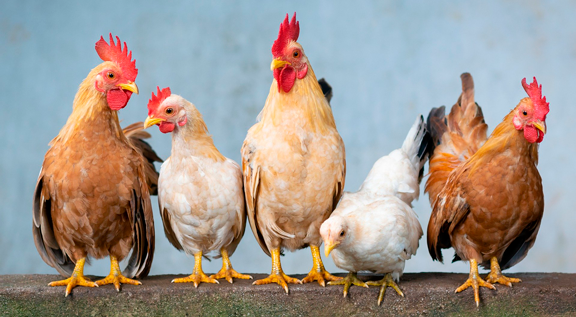
Image: Pixabay
FAO data comparing the price evolution of the USA and Brazil in the export of chicken meat (exclusively fresh product) shows that in the 10 years between 2010 and 2019 the two countries registered, in relative values, very similar evolution.
Thus, although much of the period was marked by a strong reduction in prices received, Brazil and the USA reached 2019 with practically the same parity recorded in 2010, the base year of the analysis.
With the pandemic (2020) this changes. To the detriment of Brazilian prices. Because while the North American product suffered an annual reduction of 1%, Brazil's product suffered a drop of almost 13%.
And although, from January 2021 onwards, there was a constant appreciation of Brazilian prices (initially accompanied by the US, but interrupted from last May), the previous parity was not recovered.
Last August, the USA registered (in relation to the base year) prices around 12% higher, while for Brazilians the evolution was no more than 5%.
Note, in any case, that as of the second half of 2021, Brazilian chicken meat has once again surpassed the values recorded in 2010. But it remains, at least in dollars, cheaper than in the four-year period 2011/2014.
{module Form RD}
Regarding the dollar, it is interesting to note that the pandemic, perhaps, had minimal influence on the drop in Brazilian prices from 2019 to 2020. In other words: the price reduction seems to be linked, much more, to the appreciation, among us, of the American currency , higher than 30%. And this – as the graph points out – brought down the FAO Price Index for chicken meat, in the formation of which Brazilian prices play a greater role.
In other words, the decline in the FAO Index recorded in 2020 was essentially caused by the drop in prices in Brazil, the world's largest exporter of chicken meat.
Clipping: Notícias Agrícolas | Source: Avisitate












